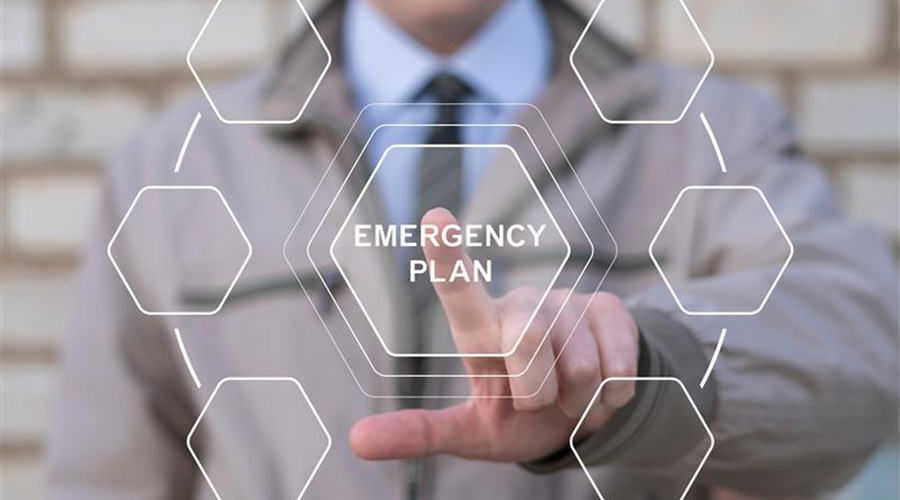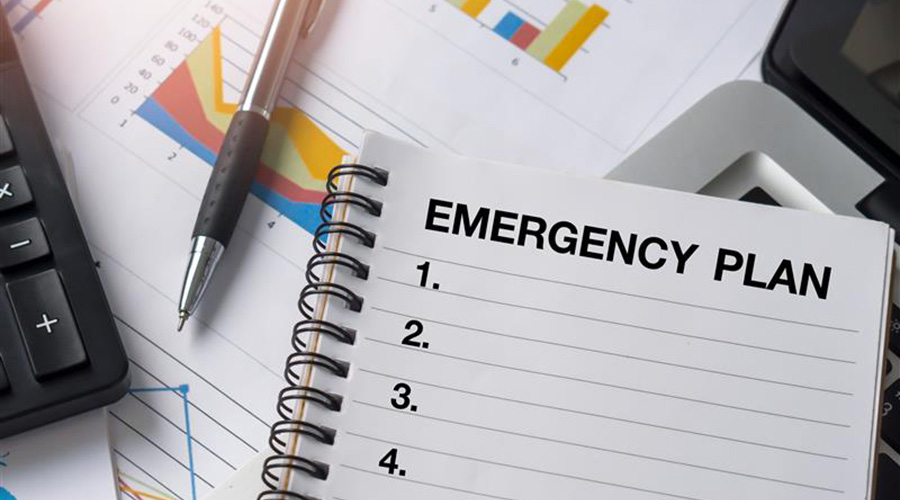At Crozer-Keystone, Better Safe Than Sorry Was Key To Sandy Plans
Health care providers, like Crozer-Keystone Health System near Philadelphia, have the highest stakes at play when facing a huge threat like Hurricane Sandy. Though his facilities did not ultimately suffer storm damage nor significant power loss, Brian Crimmins, vice president of facilities planning and development, wasn't about to gamble on riding out the storm unscathed. With the ample warning the slow-moving storm afforded, his team prepared their facilities to be self-sufficient for a time.
"We over-supplied the hospitals, which ended up saving us more than we thought it was going to," Crimmins says. Anticipating difficulties in getting supplies as well as having to serve more staff around the clock, Crimmins had more food, linens and PAR level carts brought into the individual hospitals. Generator fuel tanks were topped off.
As well, anything that could become a projectile in heavy winds was secured: miscellaneous materials on roofs and parking garage tops like insulation leftover from air handler work, loose boards on roofs where there weren't walk pads, temporary signage, and garbage cans. "It was just our facilities staff eyeballing it, thinking through what could be a problem," Crimmins says.
Part of emergency preparedness at the health system also includes preparing to go back to the old-fashioned way of doing things: by hand. "As we've become more and more dependent on computer systems, with the loss of power we're always going to be concerned that we're going to lose the ability to do things electronically," Crimmins says. To blunt the impact of power loss on patient care, the nursing units were supplied with paper records and paper order forms. Doing things by hand became necessary at the central supply warehouse, which lost power for five days, rendering useless the carousel that automates the PAR level cart stocking process.
Though all the preparations were not needed, in the end it was better to be safe than sorry. "We were very fortunate," Crimmins says.
— Naomi Millán, senior editor
Related Topics:



















